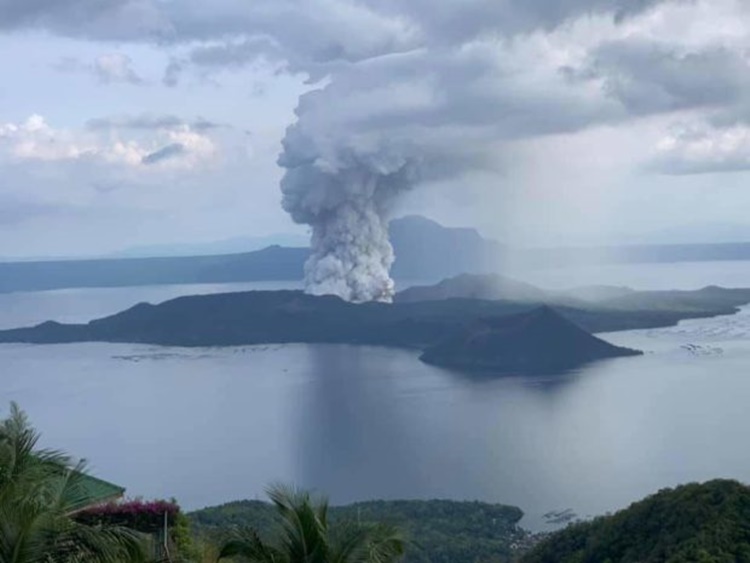Seismologists Advise Public To Watch Out For These Volcanic Hazards
VOLCANIC HAZARDS – As Taal Volcano remained in alert level 4, seismologists advised the public to watch out for these hazards during the Volcano’s unrest.
Although the volcano is beginning to calm down, the Philippine Insititute of Volcanology and Seismology still placed it on alert level 4. As experts are looking for signs of a bigger eruption, here are some things the public should look out for.
SHOCKWAVE
Shockwaves are a product of explosive eruptions. In the 1911 eruption of Taal Volcano, shockwaves were observed in Talisay and San Nicolas.

These bursts of energy are a change in atmospheric pressure that could be described as a strong wind shot from a massive cannon.
VOLCANIC GASSES
During their unrest, Volcanoes could spew various toxic gasses into the atmosphere in the form of water vapor, hydrogen sulfide, sulfur dioxide, carbon monoxide, hydrogen chloride, and hydrogen fluoride.

Based on an article from ABS-CBN, these gasses are trapped within the cavities of volcanic rocks. It could also come directly from lava or indirectly from groundwater heated by the magma.
VOLCANIC TSUNAMI
Unlike regular tsunamis, which are caused by earthquakes, a volcanic tsunami is a product of the sudden displacement of water during a volcanic eruption or landslide.

Such big waves could affect communities that reside on the shorelines.
As per the article, the most destructive volcanic tsunami was recorded in 1883 during the explosion of Krataktau Volcano in Indonesia. the 135-feet waves from the tsunami took the lives of almost 40,000 people.
FISSURES
These are caused by magma pushing its way out of the Volcano. According to experts, these often appear before an explosive eruption then subside after it’s over.

LIGHTNING
Volcanic lightning is not formed deep in the Earth. Rather, it occurs only in a volcanic plume.

During the eruption of Taal Volcano, lightning was seen around the ash plumes. The lightning was created by particles that are very dense rubbing against each other which leads to an electric charge.
These charged particles are the ones that produce lightning. During eruptions, increased lightning activity are potential hazards to power sites, substations, and transmission lines.
Like this article? READ ALSO: Taal Residents Ready To Leave Volcano Island For Good
